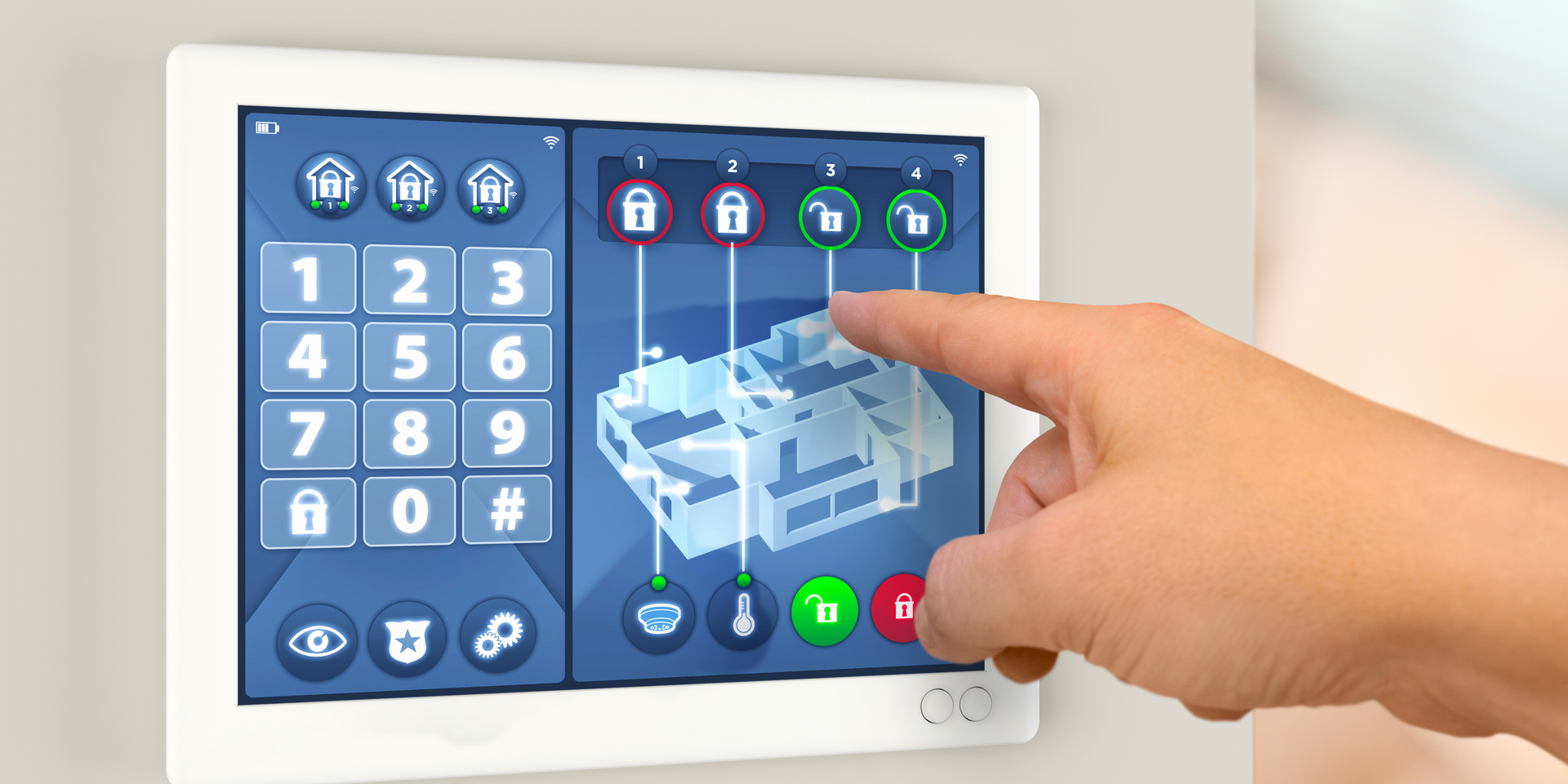What is the Governing Standard for Alarm Systems?
Alarm systems are crucial components in maintaining safety and security across various industries. Whether it's a fire alarm, a security system, or an employee emergency alert system, these alarms need to comply with specific regulations to ensure they function properly in critical situations. But
which are the standards for alarm management? In this article, we will explore the governing standards for alarm systems, including OSHA requirements, ANSI/ISA standards, and other alarm management protocols.

What is the Governing Standard for Alarm Systems?
The governing standard for alarm systems varies depending on the type of alarm and the industry in question. In general, the primary governing standards for alarm systems are set by organizations like the Occupational Safety and Health Administration (OSHA), the International Society of Automation (ISA), and other regulatory bodies.
Alarm management standards provide the framework for designing, implementing, and maintaining alarm systems that ensure safety and operational efficiency. These standards cover everything from system design and testing to maintenance and response protocols. Some of the most significant alarm management standards include ANSI/ISA-18.2, which outlines the requirements for alarm systems in process industries, and EEMUA 191, which provides alarm management guidelines for industrial facilities.
What is the OSHA Standard for Emergency Alarms?
The OSHA (Occupational Safety and Health Administration) standard for emergency alarms is critical for ensuring that alarm systems meet safety requirements in the workplace. According to OSHA regulations, emergency alarms must be capable of alerting employees to immediate hazards such as fire, chemical spills, or other dangerous conditions.
OSHA requires that emergency alarms be distinct and easily heard above ambient noise levels to ensure that employees can react swiftly to potential hazards. Additionally, OSHA mandates that alarms be regularly tested to verify their effectiveness, ensuring that they are always in working order when needed.
What is the OSHA Standard for Employee Alarm Systems?
OSHA also has specific standards regarding employee alarm systems, which are essential for alerting workers to emergencies in the workplace. These systems, which can include auditory, visual, or a combination of signals, must be reliable and prompt action during emergencies.
According to OSHA, employee alarm systems must be maintained and periodically tested to ensure their functionality. Employers are required to test supervised employee alarm systems at least once every year, ensuring they are capable of notifying workers effectively. For non-supervised systems, the employer must conduct tests to confirm that the alarm can still reach all areas where employees may be located.

What is the Standard of Alarm Rationalization?
Alarm rationalization is an essential part of alarm management, and its standard focuses on ensuring that alarms are appropriately designed, implemented, and used. The purpose of alarm rationalization is to reduce the occurrence of nuisance alarms, ensuring that only critical alarms are activated.
The EEMUA Alarm Management Standard (EEMUA 191) is a key reference in alarm rationalization. This standard provides a framework for reviewing and prioritizing alarms based on their safety and operational significance, ensuring that alarm systems are both effective and efficient.
What Are the Requirements of an Employee Alarm System?
Employee alarm systems are designed to alert workers to various emergency situations, such as fires, chemical spills, or other workplace hazards. These systems must meet specific requirements to be considered compliant with both OSHA standards and industry regulations.
OSHA outlines several key requirements for employee alarm systems. These include ensuring that alarms are distinct, audible, and capable of being heard by all employees in the workplace, regardless of their location. Additionally, the employer shall test supervised employee alarm systems at least once a year and maintain non-supervised systems to ensure proper function during emergencies.
What Are the Procedures for Sounding Emergency Alarms in the Workplace?
The procedures for sounding emergency alarms in the workplace are critical to ensuring that employees can react quickly to a hazardous situation. These procedures often include specific guidelines for the type of alarm signal to be used (auditory, visual, or both), the actions employees should take when an alarm is sounded, and the roles of safety personnel in managing the response.
OSHA and other standards outline procedures for ensuring that alarms are sounded promptly and effectively. For instance, the alarm should be activated immediately upon detection of a hazard, and workers should be trained to recognize alarm signals and respond accordingly. In addition, alarm tests should be conducted regularly to confirm that the sound level and clarity are sufficient for all employees to hear and respond appropriately.
Which OSHA Standards Apply to the Alarm Industry?
In addition to general workplace alarm systems, several specific OSHA standards apply to the alarm industry, particularly for the installation, maintenance, and testing of alarm systems. These standards ensure that alarm systems are properly designed, tested, and maintained to safeguard workers in hazardous environments.
For example, OSHA 29 CFR 1910.37 outlines the general requirements for emergency alarm systems in industrial workplaces. These include specifications for the use of alarms to protect workers from hazardous conditions, as well as ensuring that alarm systems comply with testing and maintenance protocols.

What is the ISA-TR18.21 Alarm Philosophy?
The ISA-TR18.21 Alarm Philosophy is a set of guidelines developed by the International Society of Automation (ISA) to help organizations design and manage alarm systems effectively. The philosophy emphasizes the importance of alarm management to prevent excessive alarms, which can lead to alarm fatigue and delayed responses to real emergencies.
The ISA-TR18.21 document includes recommendations for alarm rationalization, design, operation, and maintenance to help companies reduce unnecessary alarms and improve safety outcomes.
ANSI/ISA-18.2 Alarm Management Standard
ANSI/ISA-18.2 is another important alarm management standard that applies to the alarm industry. This standard provides comprehensive guidelines for the design, operation, and management of alarm systems in industrial settings. It aims to ensure that alarm systems are effective, efficient, and able to operate without generating unnecessary alarms.
The ANSI/ISA-18.2 standard is widely recognized in industries such as oil and gas, chemical, and manufacturing, where alarm systems are essential for worker safety and operational efficiency. It includes guidelines for alarm design, response procedures, and testing protocols.
Conclusion
In conclusion, the governing standard for alarm systems is critical to ensuring safety and regulatory compliance in various industries. Standards from organizations like OSHA, ISA, and ANSI provide clear guidelines for the design, operation, and testing of alarm systems. By adhering to these standards, organizations can ensure that their alarm systems provide timely and accurate alerts, helping to protect both employees and operations.
If you're considering upgrading alarm system, fire alarm, or emergency notification system, contact us today!
You might also like



